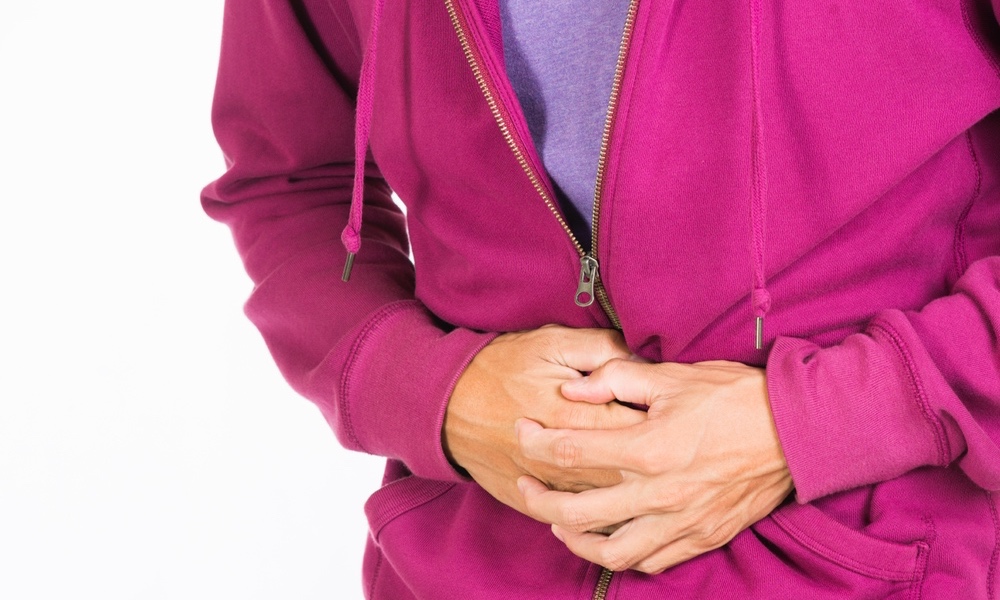The American Academy of Pediatrics recently came out with a statement and guidelines for pediatricians and parents regarding children and teens' use of sports and energy drinks. The AAP recommends specifically discussing these drinks at routine health care visits.
Advertising claims about sports and energy drinks range from helping hydrate you after exercise or play to improving athletic performance. But both types of beverages deliver risks along with their refreshment. And the differences in the formulas making up these two types of beverages make it important to distinguish between the two.
Sports drinks, such as Gatorade and Powerade, usually contain carbohydrates, minerals, electrolytes and flavoring. Their purpose is to replace the water and electrolytes that are lost during sweating. But these drinks contain large amounts of sugar and contribute to childhood obesity just as soda does.
'Sports drinks contain extra calories that children don’t need, and could contribute to obesity and tooth decay.'
There is no reason at all for children and teens to consume energy drinks, according to the AAP report. These drinks, such as Monster Energy and Red Bull, typically contain stimulants including caffeine, guarana, taurine, ginseng, l-carnitine, creatinine and glucuronolactone. Their stated purpose is to enhance athletic performance, endurance and concentration. The dose of caffeine they deliver is both potentially dangerous and unnecessary for children and teens.
Guarana, a caffeine-containing plant extract, is a common stimulant ingredient in energy drinks. One gram of guarana equals about 40 mg of caffeine
This danger of energy drinks is compounded by the fact that adolescents tend not to differentiate between them and sports drinks. They see both has having the same benefits and are unaware of the potential risks from overuse and possible caffeine overdose.
Because energy drinks vary in the concentration and sources of caffeine in them, parents and children may have difficulty knowing how much they are getting. Guarana, a caffeine-containing plant extract, is a common stimulant ingredient in energy drinks. One gram of guarana equals about 40 mg of caffeine. For comparison, cola contains about 35 mg per 8 ounces (or about 55 mg per 12-ounce can); brewed coffee has 145 mg in 8 ounces. Crystal Light Energy drink has 120 mg caffeine in 16 ounces, and Red Bull 80 mg in 8 ounces. More than 400 mg of caffeine can be a dangerous dose for a child.
Children and teens with average health, balanced diets, and typical sports participation should primarily rely on water to replace water lost through sweating and urination. They should obtain their carbohydrates as part of a diet balanced in protein, fat and other nutrients. Fruit juice and milk are adequate liquid sources of carbohydrate unless the child is involved in prolonged intensive physical or athletic activity.
The best source of energy for children and teens is a balanced diet, including dietary carbohydrates, rather than drinks high in caffeine or artificial stimulants.
The Academy of Pediatrics maintains that while sports drinks may have a specific rehydration/replenishment role for adolescents who engage in particularly vigorous sports, energy drinks are inappropriate and potentially dangerous for children because of the risk of high stimulant ingestion.
The good news is that low fat chocolate milk is the recommended post exercise protein-recovery drink. That's a recovery fluid most children, teens and parents can agree on.
The electrolytes (sodium and potassium) in energy and sports drinks are, like caffeine, found in amounts that vary widely. But the fact is that most children can easily obtain the electrolytes they need from their daily diets and don’t need the supplementation of sports drinks to maintain proper balance. Only children routinely engaged in high-exertion, high perspriation sports may need supplemental electrolytes.
Similarly, vitamins, including B and C and calcium and magnesium, that are touted in sports drinks are readily obtained from a balanced diet.
Some sports and energy drinks contain amino acids including glutamine and arginine that are claimed to have performance enhancing benefits. However, their use and safety has not been supported by scientific study and some may actually be harmful.
The good news is that low fat chocolate milk is the recommended post exercise protein-recovery drink. That's a recovery fluid most children, teens and parents can agree on.
Sports drinks have a specific role for young athletes engaged in prolonged vigorous activity and can be safely used in that context. Sports drinks are not necessary for maintenance of healthy levels of carbohydrates, electrolytes, vitamins or minerals for routinely active, healthy children who eat balanced diets.
Energy drinks are not designed for rehydration/replenishment, and they are potentially dangerous because kids may unwittingly ingest large amounts of caffeine or other stimulants.
Energy drinks can also be abused by children and teens who are looking for a stimulant product to increase alertness and combat fatigue. Excessive consumption may lead to dangerous levels of caffeine with the potential for unwanted side effects and dependence. The American Academy of Pediatrics deems them inappropriate for use by children and teens.
Both energy and sports drinks are contributing to dental disease and the epidemic overweight of children and teens because of the amount of carbohydrate contained and the substitution of these products for water.
Parents are advised to monitor their children and teens’ use of sports and energy drinks, provide water for most situations, and discuss the safe use of sports drinks in their child’s athletic pursuits with their doctors. A listing of the caffeine content of most energy drinks and more general information can be obtained at:
http://www.energyfiend.com/the-caffeine-database
http://kidshealth.org/parent/nutrition_center/healthy_eating/power_drinks.html




